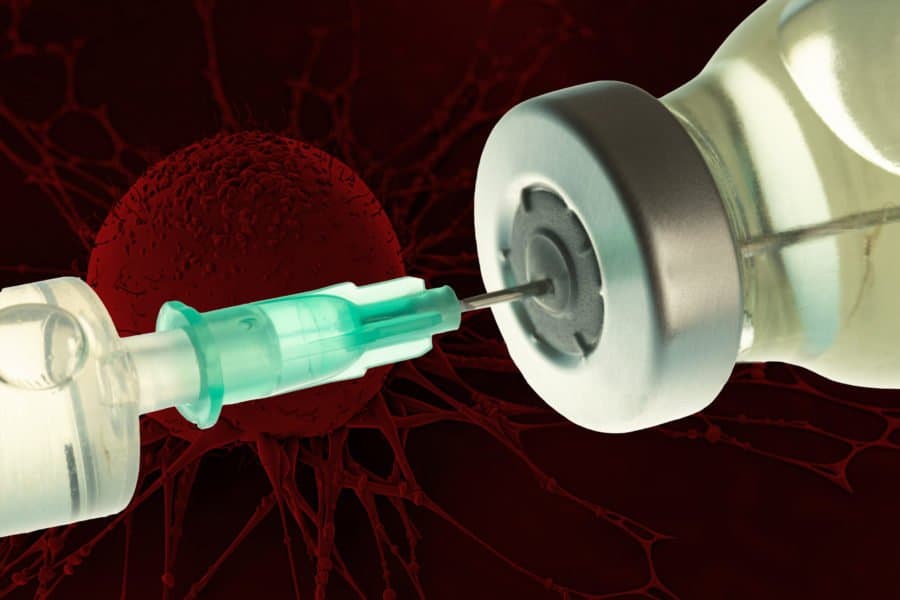Nausea. Chills. Fatigue. Headache.
Before getting vaccinated against COVID-19, many of us braced for the minor but uncomfortable side effects we’d heard so much about in the news or from our friends and neighbors who had already received the jab.
New research led by The University of Toledo suggests how much attention people pay those fears may predict how poorly they’ll feel post-vaccine.
In a paper published online today in the journal Psychotherapy and Psychosomatics, researchers detailed for the first time a link between the side effects people expected from COVID-19 vaccination and those they actually experienced.
“It’s important to see how psychological variables may be correlated to how people respond to these vaccines,” said Dr. Andrew Geers, professor in the UToledo Department of Psychology and the paper’s lead author. “Our research clearly shows that people who expected symptoms like headaches, fatigue or pain at the injection site were much more likely to experience those side effects than those who did not anticipate them.”
Geers’ lab specializes in the study of social psychology theory within health and medical contexts, including the psychology of drug side effects, placebo effects and nocebo effects.
While it’s well documented in the scientific literature how psychosocial factors can impact the success or side effects of a given treatment, no one had yet done so in the context of COVID-19 vaccines.
In April, Geers and his colleagues distributed a survey asking unvaccinated adults in the United States about their expectation for seven common vaccine side effects that had been widely publicized by the U.S. Centers for Disease Control and Prevention — pain at the injection site, fever, chills, headache, join pain, nausea and fatigue. The survey also collected socio-demographic information and assessed participants’ symptoms of depression and general worry about the pandemic.
Over the next three months, researchers followed up with 551 now fully vaccinated participants to ask which of the seven previously identified side effects they experienced.
“We found a clear link between what people expected and what they experienced,” said Kelly Clemens, a UToledo doctoral student studying experimental psychology and paper co-author. “Those psychological factors are predictive over and above the other factors that we knew were involved in predicting side effects, such as the specific vaccine someone received, their age or whether they previously had COVID-19.”
In addition to helping to explain why some of us felt so crummy after vaccination and others did not, Geers and Clemens said the study also could provide important clues for overcoming some of the lingering vaccine hesitancy — both for first timers who are worried about side effects and those who become eligible for a booster dose but don’t want to go through the ordeal again.
“This really shows the power of expectations and beliefs, even in something that we know is very physical,” Geers said. “It appears that the effect that comes out of the vaccine is being shaped by psychology — by expectations and worry. If we’re able to reframe and think about side effects differently, it might reduce the experience of side effects.”
Geers and Clemens are working with colleagues to analyze similar data from other countries to further understand how expectations shape reported vaccine side effects. They also plan to explore additional data that were collected in their survey about other side effects, side effect severity, booster dose intention and social media use.
If our reporting has informed or inspired you, please consider making a donation. Every contribution, no matter the size, empowers us to continue delivering accurate, engaging, and trustworthy science and medical news. Independent journalism requires time, effort, and resources—your support ensures we can keep uncovering the stories that matter most to you.
Join us in making knowledge accessible and impactful. Thank you for standing with us!

